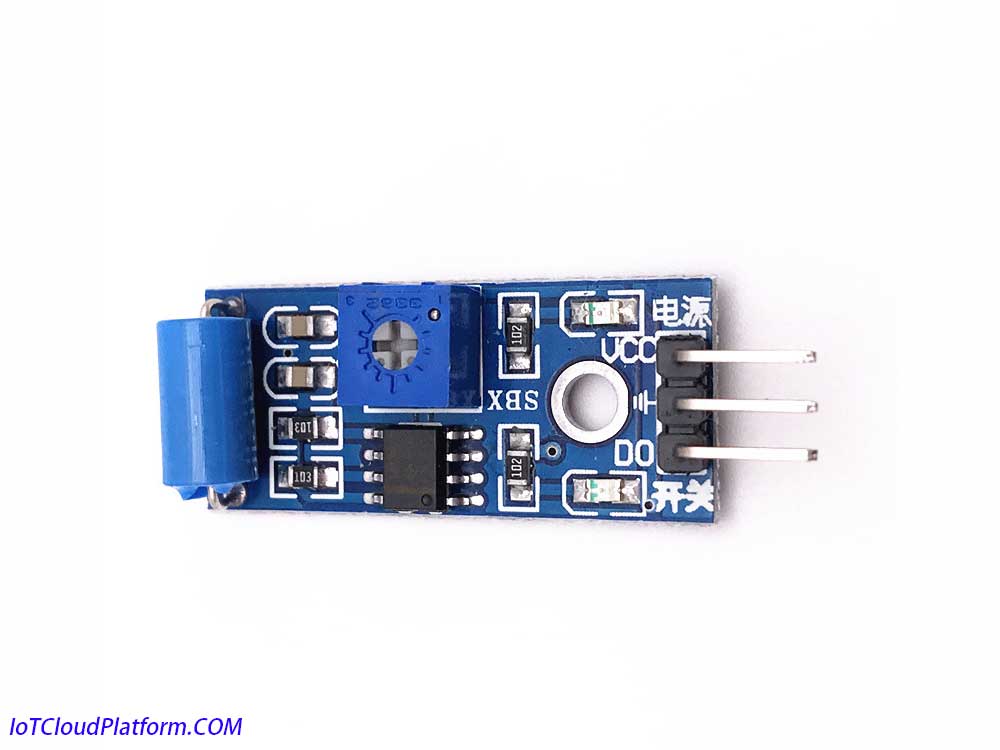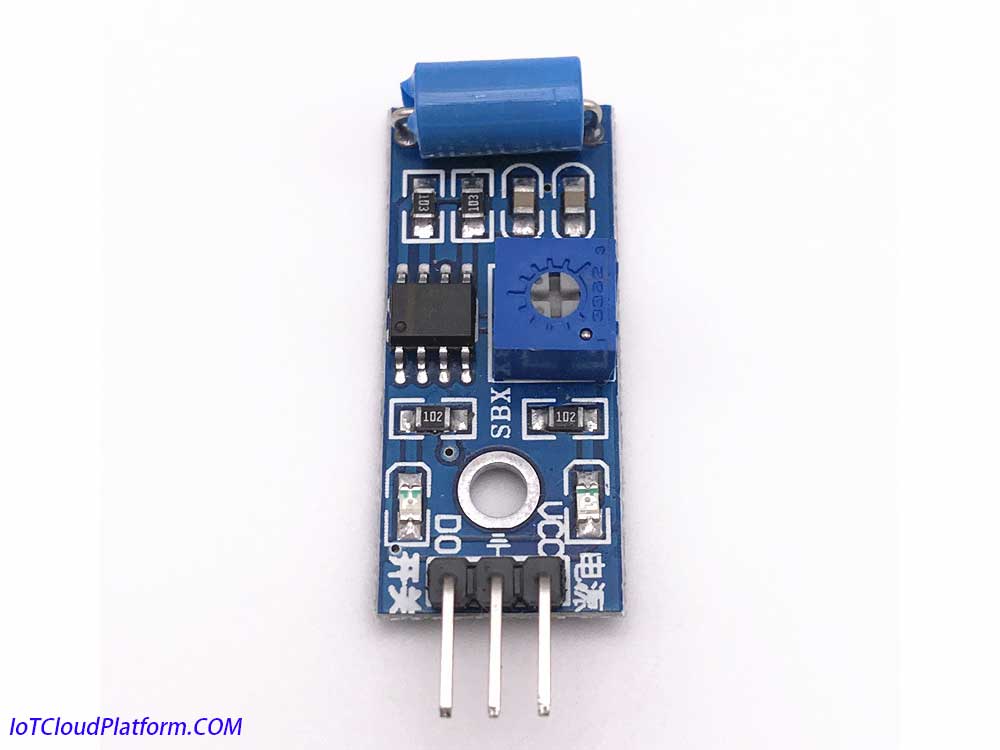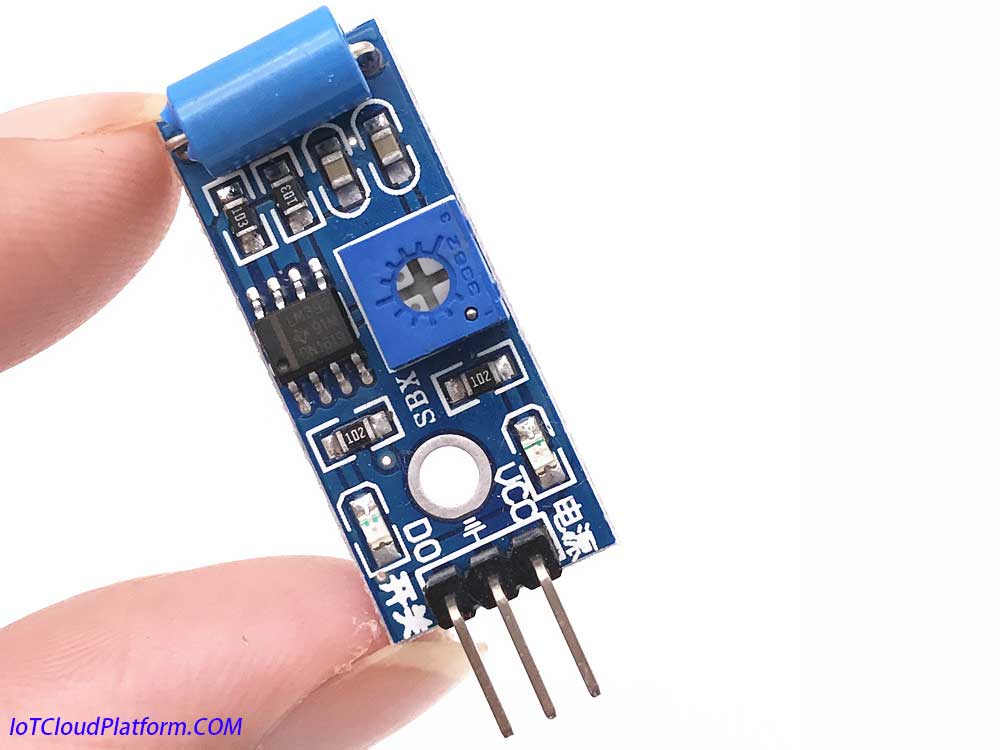
What are the Main Functional Modules of the Energy Monitoring System?
The energy monitoring system is an integrated solution for monitoring, managing and optimizing the use of various energy sources. It can help enterprises and institutions control costs more effectively, improve energy efficiency, and promote environmental sustainability.
A typical energy monitoring system usually contains multiple key functional modules. The following is a detailed introduction to these main functional modules:
Data acquisition module

Data acquisition is the cornerstone of the energy monitoring system. This module is responsible for automatically collecting real-time data from various energy metering devices (such as electricity meters, water meters, gas meters, heat meters, etc.).
These devices are usually distributed in various corners of the enterprise. The data acquisition module needs to support multiple communication protocols to ensure that different types of energy devices can be connected to the system.
The collected data includes but is not limited to the consumption of electricity, natural gas, water and other forms of energy. Through charts, dashboards and other forms, this module can display the real-time status of energy use and help users intuitively understand the current energy consumption level.
Data processing and analysis module
The data processing and analysis module is the core of the energy monitoring system. This module conducts in-depth analysis of the collected data to identify areas or time periods where energy is wasted.
Through algorithms and models, it can provide energy consumption trend reports to assist decision makers in understanding energy usage patterns and formulate energy conservation and emission reduction plans accordingly.
In addition, the module can also set alarm thresholds for each operating state of the equipment. When energy consumption exceeds the preset threshold or an abnormal situation occurs, the system will issue a warning to help operation and maintenance personnel promptly discover abnormal conditions in equipment operation, quickly determine the fault point, and establish an early warning mechanism for equipment failure.

Energy Monitoring and Structural Analysis Module
The energy monitoring and structural analysis module is an important part of the energy monitoring system. This module analyzes the composition of energy consumption and can count the energy consumption types and final flow of energy consumption in each region and department.
At the same time, it can also monitor energy consumption equipment parameters and events in real time, and display real-time data (such as voltage, current, power, electric energy and other parameters) and historical data at the second and minute levels.
By statistically analyzing and displaying the proportion of department energy consumption types, energy consumption data of each energy-consuming equipment, and the total energy consumption level of each department, the module can discover the differences in department energy consumption levels and further implement energy management to individuals.
In addition, it can also provide comprehensive analysis of multiple electricity indicators such as electricity consumption and electricity fee analysis, load characteristics analysis, electricity price period analysis, power factor analysis, etc., to achieve refined and comprehensive energy management.

Remote control and adjustment module
The remote control and adjustment module enables managers to remotely adjust the working status of energy-related equipment through the system. This capability helps to respond to emergencies or implement energy-saving measures in a timely manner. For example, automatically start high-energy consumption tasks during off-peak hours, or adjust the working mode of the heating/cooling system according to the weather forecast. Through this module, managers can easily adjust temperature set points, turn on/off certain equipment, etc. to optimize energy use.
Automation management module

The automation management module combines artificial intelligence algorithms to achieve automated management of energy use. The module can automatically adjust the operating status of energy equipment according to preset rules or algorithms to achieve the purpose of energy conservation and emission reduction. For example, it can automatically adjust the working mode of the heating/cooling system according to the weather forecast, or automatically start high-energy consumption tasks during off-peak hours. In addition, the module can also predict future energy demand through data analysis and formulate reasonable energy procurement and storage plans accordingly.
Report generation and export module
The report generation and export module can automatically generate detailed energy usage reports. These reports include energy consumption trend reports, equipment operation status reports, energy conservation and emission reduction effect reports, etc. Reports can be exported on a daily, weekly, monthly and other basis, and support multiple custom formats such as Excel and CSV. Through this module, users can easily view and analyze energy usage and provide support for decision-making.
User management and permission setting module
The user management and permission setting module is the security guarantee of the energy monitoring system. This module is responsible for managing the user accounts and permissions of the system. By creating different user roles and permission groups, this module can ensure that only authorized users can access and operate the system. At the same time, this module also supports functions such as password management of user accounts and login log records to improve the security and traceability of the system.
System configuration and maintenance module
The system configuration and maintenance module is the background support of the energy monitoring system. This module is responsible for the configuration, upgrade and maintenance of the system. Through this module, administrators can easily configure the system parameters and settings, such as data collection frequency, alarm thresholds, etc. At the same time, the module also supports the online upgrade and backup recovery functions of the system to ensure the stability and reliability of the system.
Data interaction and security protection module with other systems
Energy monitoring systems usually need to interact with other systems, such as generator monitoring systems, power control systems, etc. In order to ensure the security and reliability of data transmission, this module adopts a variety of security protection measures. For example, it is connected to the A/B network switch of the remote communication cabinet of the booster station integrated automation system through a network cable, and data transmission is realized through protocol decoding; after authentication and data encryption by the vertical encryption authentication device, the data is transmitted to the superior dispatching agency, etc. These measures ensure the integrity and confidentiality of data transmission and prevent the risk of data leakage and tampering.
Visualization and interactive interface module
The visualization and interactive interface module is a bridge between the energy monitoring system and the user. The module is designed with a friendly and intuitive user interface, so that non-professionals can easily understand and use the system.
Through charts, dashboards, alarm information, etc., the module can intuitively display information such as energy usage and equipment operation status.
At the same time, the module also supports multi-terminal access, including desktop computers, tablets and smart phones, so that users can view and manage energy usage anytime and anywhere.
In summary, the main functional modules of the energy monitoring system include data acquisition module, data processing and analysis module, energy monitoring and structure analysis module, remote control and adjustment module, automation management module, report generation and export module, user management and permission setting module, system configuration and maintenance module, data interaction with other systems and security protection module, and visualization and interactive interface module.
These functional modules together constitute a comprehensive energy management system, which can not only help enterprises or institutions achieve transparency and controllability of energy use, but also promote the achievement of energy conservation and emission reduction goals. Through continuous monitoring and optimization, the energy monitoring system can reduce energy costs and reduce environmental impact while ensuring normal operation.
Summary
The energy monitoring system is a comprehensive system that integrates multiple key functional modules. Its core functional modules mainly include: data acquisition and transmission module, which is responsible for real-time and accurate data collection from various energy-using devices and transmission to the central processing unit; data processing and analysis module, which processes and analyzes the collected data, generates energy usage reports and trend forecasts; and energy management and optimization module, which formulates and implements energy management strategies based on the analysis results, realizes intelligent control and optimization of energy use, and improves energy utilization efficiency.
About IoT Cloud Platform New Energy Projects
In addition to providing IoT technical knowledge, IoT Cloud Platform (blog.iotcloudplatform.com) also provides professional new energy technical knowledge articles, including new energy lithium batteries, photovoltaic solar energy, off-grid solar energy, grid-connected solar photovoltaic power generation systems, new energy electric vehicles, new energy vehicles, new energy fuel cells, new energy materials and other cutting-edge scientific and technological knowledge.
The website manager of IoT Cloud Platform (blog.iotcloudplatform.com) is engaged in research in multiple industries, including IoT, artificial intelligence, new energy materials, new energy vehicles, photovoltaic power generation, solar power generation, new energy batteries, cloud computing, blockchain, brain-computer interface, robots, 3D technology, etc.
If you are an IoT company and want to write professional IoT technology articles, you can contact us, please visit blog.iotcloudplatform.com for consultation and cooperation.
We are leading creators of technology knowledge, IoT experts, new energy experts, computer researchers, and deep learning research enthusiasts. Our team has technical experts with knowledge in various industries. We can provide you with the best technology marketing solutions.
FAQs
The main functional modules of the energy monitoring system include data acquisition module, data processing and analysis module, energy consumption analysis and reporting module, alarm and event management module, and energy management and optimization module.
The data acquisition module is responsible for automatically collecting real-time data from various energy metering devices (such as electricity meters, water meters, gas meters, etc.) to ensure the accuracy and integrity of the data.
The data processing and analysis module processes, converts and analyzes the collected data, extracts valuable information, and provides support for subsequent analysis and decision-making.
The energy consumption analysis and reporting module generates energy consumption trend reports, energy consumption comparison reports, etc. based on the processed data to help users understand energy usage and identify areas or time periods of energy waste.
The alarm and event management module issues a warning when energy consumption exceeds the preset threshold or an abnormal situation occurs, reminding users to take timely measures to ensure the safety and stability of energy use.
The energy management and optimization module formulates and implements energy management strategies based on the analysis results, optimizes energy use, improves energy efficiency, and reduces energy costs.
These functional modules work together to achieve comprehensive monitoring, analysis, and optimization of energy use. The data acquisition module provides basic data, the data processing and analysis module processes and analyzes the data, the energy consumption analysis and reporting module generates reports, the alarm and event management module provides early warnings, and the energy management and optimization module formulates strategies to jointly ensure the effective operation of the energy monitoring system.



